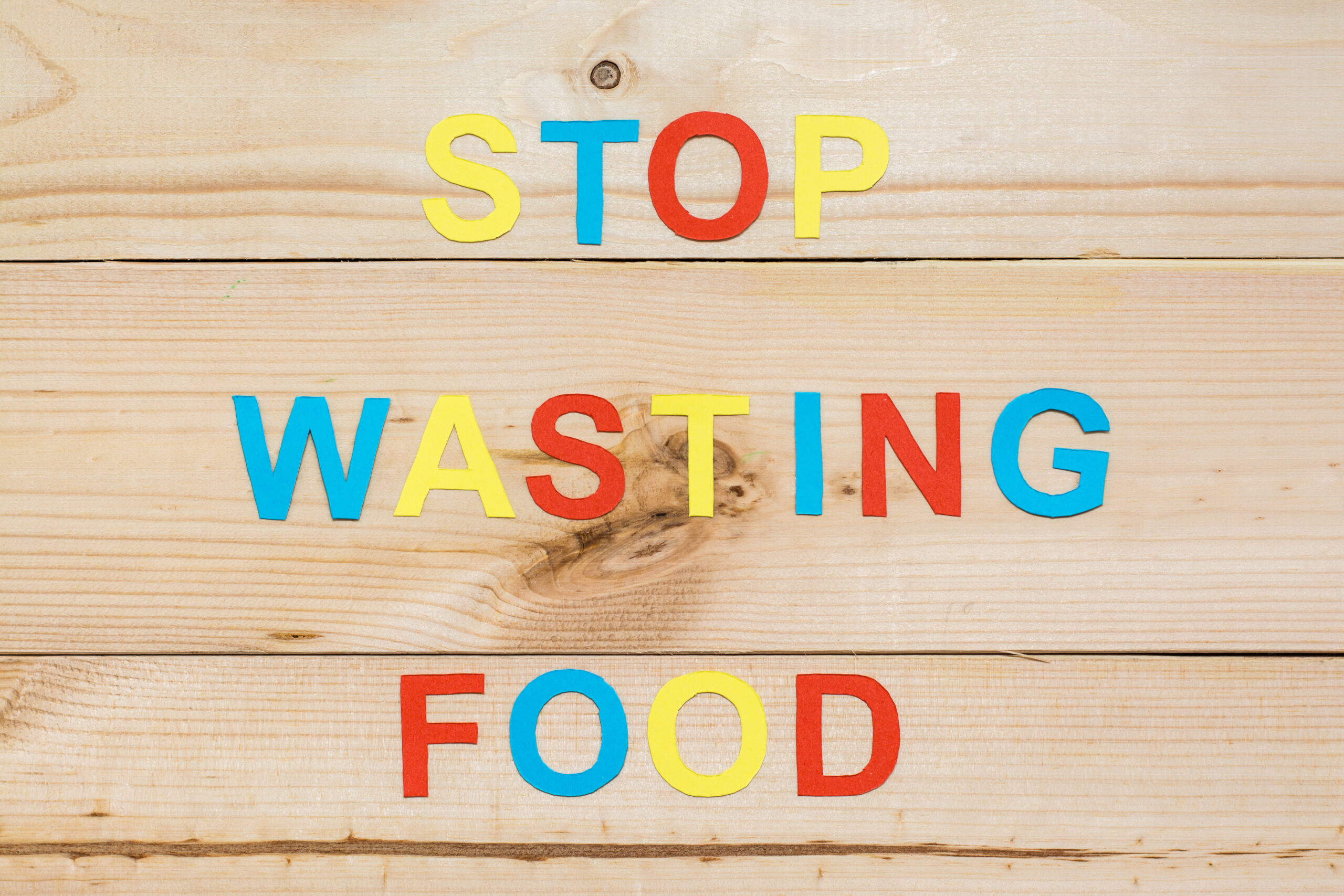Retailers might have to innovate the way they sell their products to conform to the new habits of modern grocery shoppers. Research company Valassis recently released a new report showing 73 percent of the 1,000 adults who completed their online survey said they were in-store shoppers. Yet, 18 percent were online shoppers.
It was clear that generally more millennials, millennial parents and other parents were more likely to buy groceries online. The report showed seven percent of all consumers order online groceries every week. If retailers pay close attention, they will realize these three demographics are prioritizing time because they are the most likely to have busy schedules – putting convenience as a top priority.
The report showed that even though only seven percent of all consumers order online groceries weekly, the percentage is higher within those three categories; 14 percent of all parents, 15 percent of millennial parents and 12 percent of millennials buy online groceries each week. Going more in depth, picking up the online-ordered groceries at the store was preferred by eight percent of all shoppers. Once again this got higher with 20 percent of millennials with children, 14 percent of millennials and 17 percent of parents choosing that method.
Additionally, the survey showed 10 percent of parents and 14 percent of millennial parents have meal kits delivered weekly – or more often – for convenience. However, convenience is in the passenger seat alongside health, which is a main motivator behind some consumers’ decisions. The report shows that 33 percent of consumers try to buy mostly organic and natural products; this percentage gets higher amongst parents, at 48 percent, and millennials, with 50 percent.
“From home delivery services to the growing presence of organic items, emerging channels and trends are changing the way shoppers buy and, in turn, how brands reach and activate their target audience” Valassis said in its report.
It would definitely be beneficial to retailers to pay attention to this study. Innovations in the way consumers buy products could increase sales. Walmart is one retailer that is trying to innovate the grocery store landscape; the retail giant expanded its deliver service reaching 40 percent of US households. According to Packaged Facts, marketers should broaden their products to appeal to health-focused millennial parents.
As Valissis’ report showed, millennial parents are one of the primary consumers looking for innovations. Millennial parents are placing importance on feeding their children fresh food.
Retailers will have to respond and keep up with todays’ consumer habits. Shopping online, by phone, purchasing meal kits and no longer heading down to the grocery store might be the norm very soon. Will retailers be ready?












Join or login to leave a comment
JOIN LOGIN